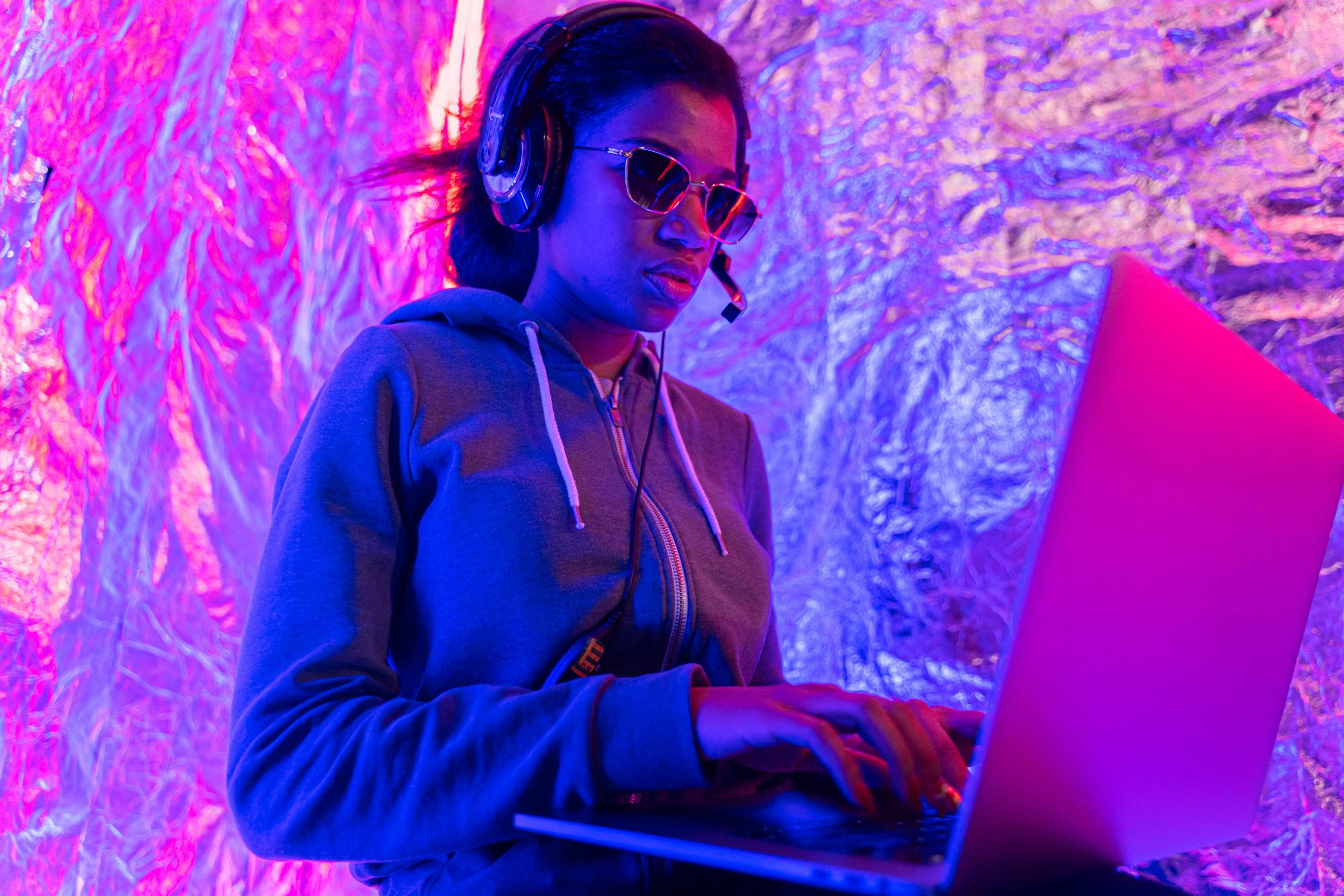Understanding and Resolving Unexpected Performance Issues on Your High-End Laptop
Experiencing unexplained performance issues can be both perplexing and disruptive, especially when your device typically operates smoothly. If you’re using a high-end laptop like the Asus Vivobook S 16 OLED and suddenly encounter lagging cursor, keyboard input delays, or general sluggishness, it’s essential to systematically diagnose the problem. This article offers insights into potential causes and practical troubleshooting steps to help restore optimal performance.
Overview of Your System
Your Asus Vivobook S 16 OLED boasts impressive specifications, including:
- Processor: Intel Core Ultra 7 155H (3.80 GHz)
- Memory: 16GB RAM (with approximately 15.5GB usable)
- Operating System: 64-bit Windows 11
- Storage: 1TB SSD (less than 40% utilized)
These specifications are well-suited for everyday office tasks such as browsing, document editing, and spreadsheet management. Experiencing performance hiccups under such conditions is unusual, especially if no intense applications or gaming are involved.
Symptoms and Observations
- Random cursor lag, akin to low-end systems
- Occasional input lag on keyboard and mouse
- No intensive background processes—Task Manager shows 60-70% memory usage, primarily with standard utilities like searches and PowerToys
- Absence of malware or suspicious software
- Multiple input devices tested with persistent issues
- System hardware appears undamaged; no recent drops or physical impacts
- Power delivery and display refresh rates are functioning correctly
- Normal responsiveness during routine activities like opening applications, browsing, or streaming
Diagnostic Approaches
Given these symptoms, consider the following avenues to identify and address the root cause:
1. Check for Background Processes and System Resources
- Use Windows Task Manager or Resource Monitor to identify any processes consuming disproportionate CPU, memory, or disk usage.
- Even if apps seem benign, certain processes can intermittently cause lag. Look out for any unusual activity.
2. Investigate Hardware and Peripherals
- Test different mice and input devices to rule out peripheral issues.
- Ensure that your USB ports and touchpad are functioning correctly without hardware faults.
3. Verify System Updates and Drivers
- Make sure Windows 11 and all relevant drivers (especially graphics, chipset, and input devices) are up to date.
- Outdated drivers can
Share this content:



